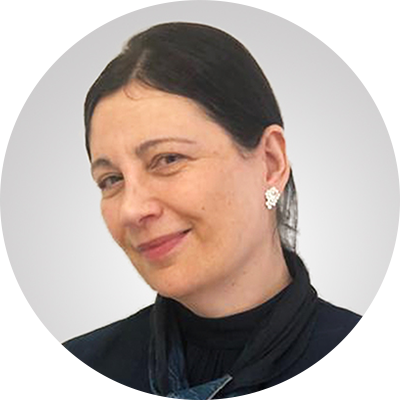Scientists Can Now Spot Ocean Debris From Space
Researchers discover innovative way to identify debris in coastal waters with the help of European Space Agency satellites.
Space exploration is not just about other planets. Sometimes, observing earth from space can teach us so much about our own planet, as earth observation scientist, Dr. Lauren Biermann, discovered. She is part of a team that has managed to use satellite data to precisely identify four of the world’s ocean plastic pollution hotspots. This is a first. Until now, no researchers have succeeded in using satellite imagery for this purpose. 8.3 billion tons of plastic pollution enter the oceans each year, but better detection can lead to more efficient cleanup operations, a win-win for marine life impacted by ocean plastic pollution.
Back in 2018, Biermann was checking a satellite image of the ocean off the coast of Scotland looking for seaweed as part of a university project when her eyes were drawn to curved lines of white dots: “It was weird because I was seeing floating things that didn’t look like plants, and I didn’t know what they could be,” Biermann explained to nature news portal Mongabay. She had considered the fact that what she noticed could be plastic, but found it hard to believe that Scotland had patches of plastic off its coast.
But in subsequent research over the last 18 months, Biermann and her team based at Plymouth Marine Laboratory in the UK, were able to verify her hunch with the help of satellite data. They showed that it is possible to detect aggregated patches of macro plastics like bottles, bags and fishing nets, floating in coastal waters. They did this using optical data from satellites in combination with an algorithm to distinguish floating plastics from seaweed and other naturally-occurring materials found on the surface of the sea.
Biermann and her team used high resolution optical satellite data from the European Space Agency’s Sentinel -2 satellites to create a “floating debris index” to help them pick up everything floating on the surface of the coastal waters. Then, to help them differentiate plastic from sea foam, driftwood, algae and seaweed, they drew on floating plastics intelligence courtesy of the University of the Aegean in Greece. As luck would have it, researchers at this university’s Remote Sensing Group happened to be investigating floating plastic as part of their Plastic Litter Project, and were happy to share data with Biermann. She also made use of published studies of in situ plastics data in coastal waters, and even of social media posts. Finally, her team verified all this data with a “Bayes” machine learning algorithm that uses probability to compute the type of materials observed with an accuracy of 86 percent.
This pioneering technique is the first step towards developing an operational #satellite-based method of detecting floating #plastic patches in waters all over the world ????️???? pic.twitter.com/vo2Fs0AsUS
— Plymouth Marine Lab (@PlymouthMarine) May 5, 2020
This mix of scientific activity enabled Biermann’s researchers to classify all the findings with a high degree of certainty, and identify the four pollution hotspots. The clusters of floating plastic debris were located just off British Colombia, in Canada, off the East Coast of Scotland, and in the coastal waters off Ghana and Vietnam.
So how will the team’s satellite tracking breakthrough help tackle the world’s ocean plastic pollution challenges? Biermann is the first to admit that their findings don’t immediately solve the marine plastics problem which can only immediately be dealt with at source.
Rather, she sees their research as a powerful first step towards finding plastics that are already in the coastal zone of the marine environment, which is what the Sentinel 2 satellite collects data on. Looking ahead, she has “grand ambitions for being able to deploy this sort of method to all sorts of sensors like drones and aircraft, they’re able to carry small, multispectral sensors so that we can start to detect plastics all over the place.”
The team are hoping to trial these detection systems in inland river systems and open waters. This expert data can be put to immediate use to clean our ocean environments. As Biermann explains, it will mean “we can help the cleanup operations to go and actually fish those ocean plastics and take them out of the water.”
YOU MIGHT ALSO LIKE:
These Very Hungry Caterpillars May Help With Plastic After All!
European Space Agency Plans to Make Space Debris History!
Meet the Powerhouse Barge That Loves Cleaning Rivers!







